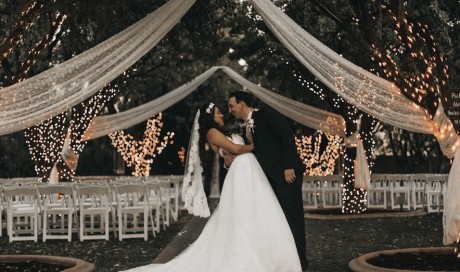The risk of eroding community ties and trust.
When I was growing up, I ran with a pack of other boys who lived in my neighborhood. Even though all the parents of these boys had the same, largely hands-off supervision style as mine did (we roamed by ourselves until the streetlights came on), they also collectively kept an eye on us. And they weren’t afraid to collectively discipline us! If one boy did something wrong, my parents expected the other parents to call me out for it.
Today, parents rarely know their neighbors (much less allow them to discipline their children), and cast a wary eye on everyone else in the community.
This attitude, in which every unknown person, even nice, old Mr. Withers around the corner, is a possible molester or serial killer, is codified in the proscription we give children to “never talk to strangers.” As Skenazy observes, the lesson of this maxim “boils down to ‘Don’t trust anybody, ever, under any circumstances!’” (We’ll talk about a more helpful way she suggests framing how kids should approach strangers next time.)
While ingraining in children the idea that every adult who hasn’t been vetted by mom or dad is a potential danger might steer them away from a predator, it could also keep them away from grownups who could rescue them from a predator.
If, say, a child is being molested by someone he or she knows (which is 90X more likely to happen than their getting molested by a stranger), and a neighbor saw something weird going on and asked the child if they could help, the kid might not talk to them, having been taught that a perv with whom they’re familiar is automatically safer than a good Samaritan stranger.
On the flip side, when everyone’s looking askance at everyone else, neighbors may become less willing to help, worried that interacting with a child could make them look like a predator. In his study on fear in society, Tim Gill offers a real-life example of the kind of tragedy that can result from this wariness to get involved:
Kids fear their adult neighbors. Adults fear looking like criminals in looking out for kids. The overall result are communities lousy with mistrust, and civic ties weakened by suspicion.
...[ Continue to next page ]
Share This Post














